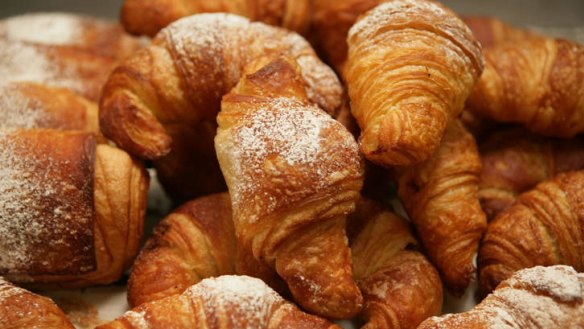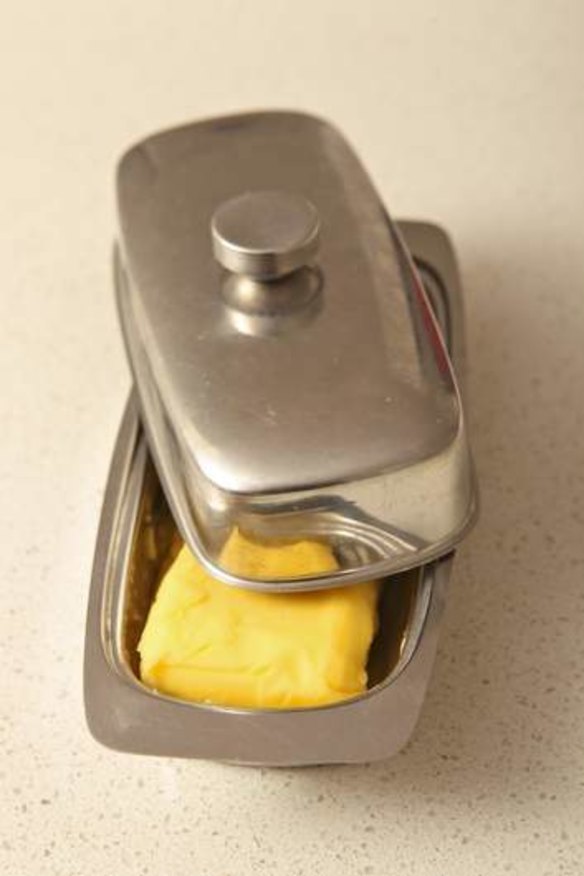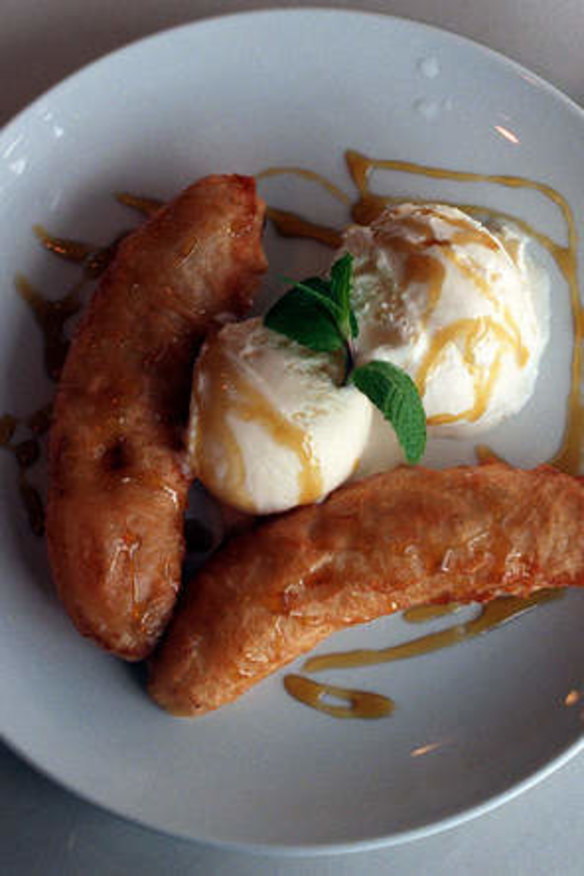Unsalted butter: does it make a difference in cooking?

Why do recipes call for unsalted butter and then ask you to add salt? P. Nairn
A nice buttery Brain Food this week. Excellent. Every salted butter is different as not every manufacturer adds the same amount of salt to salted butter. By using unsalted butter then adding salt to it, you have more control over the end product. It's also harder to hide faults such as rancidity in unsalted butter. For my taste, unsalted butter is generally fresher-tasting than salted butter. Salt is added to a cake batter or frosting during mixing, for example, which allows the salt to dissolve in water in the mixture. It is surprising how just a little salt can change the way you perceive the taste of a cake, accentuating sweetness, which in turn highlights spice and fruit aromas.
I can't get my croissants to become light enough. They are quite stodgy. C. Green

As much as we try to be self-sufficient, I believe in leaving some things to the experts - like knee surgery, singing opera in public and baking croissants. Really good croissants are made with high fat butter. High fat butter is closer to 99 per cent fat. This gives pastry better rise and more flakiness and is less likely to melt into the dough or seep out. Household butter is around 85 per cent fat. The rest is mostly water. A baker's trick is to mix a little flour through partially softened household butter. The starch in the flour uses the water to hydrate. This stops it from leaking out and making the dough stodgy.
What is the best way to tackle an unpeeled prawn? G. Vitacek
Your question conjours a vision of a giant prawn holding a football in its claws and a burly bloke hurling himself at its midriff to bring him down. That, of course, is silly. Prawns don't have midriffs. They have a carapace and abdominal segments that

we call the head and tail. They get around using their little legs to paddle about like seaborne slaters or woodlice, which are all crustaceans. Hold the head in one hand gripping it near its, er, midriff, then hold the tail in the other hand. Give the tail a little twist and the prawn will come apart. Some prawn aficionados will suck the juices from the head. Tackle the tail now by pulling apart the sides of the shell away from the soft underbelly. This is easier with boiled rather than grilled prawns. Prawns that are overcooked are difficult to peel. Perhaps have a little aioli in one bowl to dip the prawn, and hot water with a slice of lemon in another in which to dip your fingers.
I dined at the local Chinese restaurant in the country and was interested to observe the other diners' dessert of choice was the banana fritter. What makes it typically ''Chinese'' and what makes a good fried banana? D. Fechner
As a child at school, I was taught that the Chinese invented almost everything from printing, and gunpowder to burns and whispers. Frying objects coated in wheat flour batter, however, wasn't one of their creations. This practice was bought to Asia by the Portuguese in the 1500s. You'll find variations of it around the region, such as Japan's tempura and Indonesia's and Malaysia's pisang goreng (deep-fried banana). Anita Jack, from Bendigo's Golden Dragon Chinese Museum, says: ''In the past, in Chinese restaurants, deep-fried bananas were sliced (so you could eat them with chopsticks), battered and fried. They were served in a basket made of toffee solidified in cold water. So you had these contrasting elements of hot, warm and cold and crisp, soft and brittle.''
For a deep-fried banana to be good, the batter must be crisp and light and not tasting of the sesame prawns fried just before it. The banana needs to be ripe and warmed through. The addition of two suggestive scoops of ice-cream, with the tip covered with condensed milk - as served in some Vietnamese restaurants - is, I believe, uncalled for.
Send questions to brainfood@richardcornish.com.au
The best recipes from Australia's leading chefs straight to your inbox.
Sign up- More:
- Brain food
